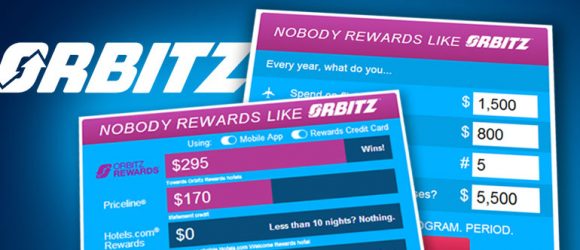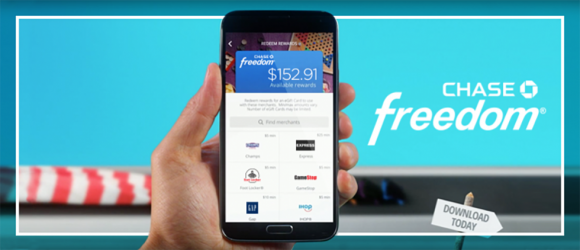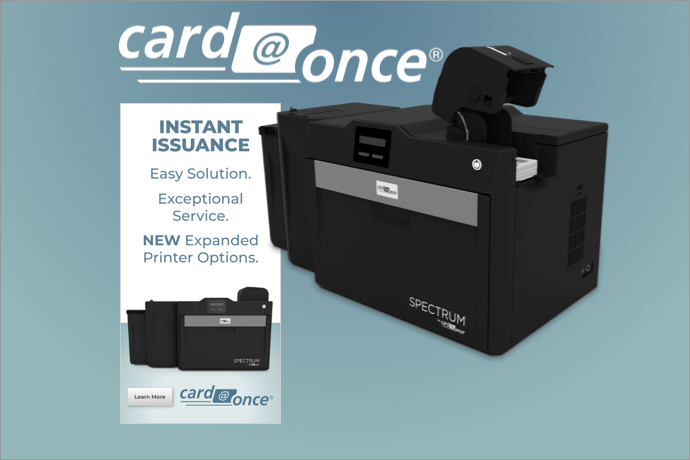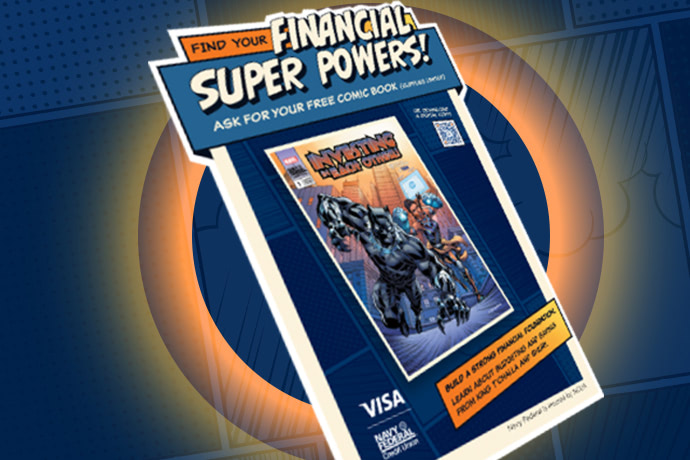6 Ways to Rethink Financial Services Consumer Loyalty
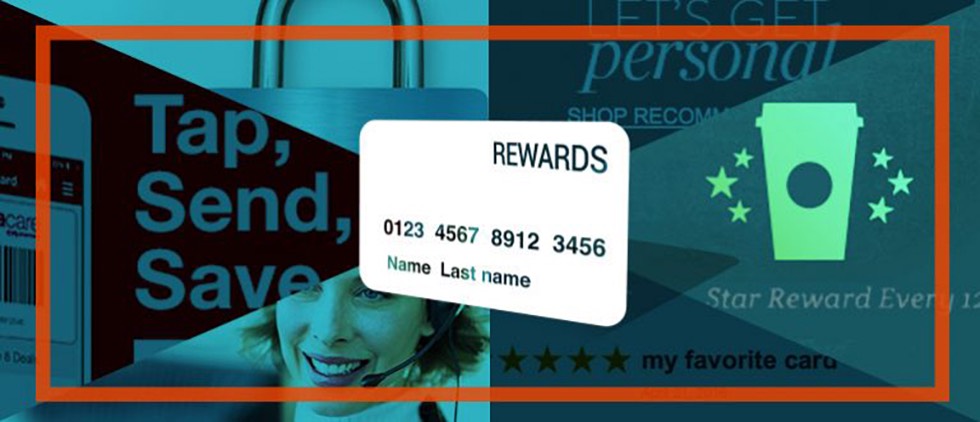
Loyalty programs – they’re everywhere. From drugstores and coffee shops to movie theaters and hotel chains, businesses in every industry are competing for consumers’ repeated patronage by enticing them with exciting rewards and exclusive benefits. Financial institutions (FIs) are no different: from co-branded store cards to bank cards, FIs are working to increase card usage through programs that reward their members with offers like store discounts and statement credits.
Across industries, these rewards programs seem to be working… at least in terms of membership numbers. According to a recent Forrester report, 71% of American consumers belong to at least one loyalty program, and about half of these consumers are enrolled in loyalty programs from their FIs.
But something seems to go wrong after consumers sign up for these programs. As recent data from analytics firm Aimia suggests, only 40-50% of enrolled consumers are actively utilizing their loyalty program memberships. They sign up for a reward card – 20-plus programs joined per household, according to Aimia’s findings – and then don’t use around half of them. It’s not surprising that Forrester reports that only 16% of FIs are completely satisfied with the performance of their loyalty programs.
What’s going on here? Are loyalty programs actually a waste of time – and money?
We don’t think so. In fact, we think that this lack of engagement actually presents an opportunity for smart FIs. The problem here is two-fold: on the one hand, it’s because there are so many loyalty programs out there that engagement with all of them is low. How can consumers be loyal to everyone? That’s simply not possible. On the other hand, there’s an issue with many loyalty programs themselves: they’re simply not that great. That is to say, they’re not giving customers what they actually want. For FIs, that may mean shaping loyalty programs by offering more than discounts and automatic cash back opportunities.
Putting the basic recommendations aside – like making loyalty programs simple to understand and easy to use – there are deeper, more fundamental things FIs can do to not only make their programs stand out from the crowd (an accomplishment in and of itself), but also be more attractive to customers – which will, in turn, increase program engagement. Here are six suggestions to consider as you work to either bolster your existing program or launch your first one.
- Reframe “loyalty.” A recent TotalRetail article makes an extremely important distinction about the “loyalty” aspect of loyalty programs: it’s not about customers being loyal to the brand, but the brand being loyal to customers. Once brands adopt that mindset, TotalRetail states, it leads to a “real focus on the overall customer experience – not just what the shopper buys, but the ease, relevance, orchestration and empathy of the whole experience.”
- Use customer data to identify opportunities for relevance. For brands, one of the greatest benefits of having a loyalty program at all is the ability to glean the data that comes from consumer behavior. The key is to use that data to better serve those consumers in the future. Is your cardmember suddenly shopping at maternity clothing stores? Lots of new purchases at a home improvement retailer? What they’re using their cards for can ultimately tell you a lot about what’s going on in their lives and inform you about what rewards, services or promotions would be most relevant to them. After all, targeted promotions are a win-win for both brands and cardmembers.
- Decide what you want to reward. What is it that you’re rewarding members for? Is it the amount of spend, frequency of use or some other spending behavior? Whatever you focus on, just remember that it’s important to avoid alienating truly loyal customers. Starbucks recently learned that perhaps a smarter approach for the brand would have been to reward on multiple variables. The coffee giant’s newly retooled rewards program appears to penalize customers who drink only coffee (i.e., spend less) while benefiting customers who drink more involved beverages like lattes and macchiatos (i.e., spend more). To Starbucks, it seems, loyalty is defined by how much money customers spend, not necessarily how often they spend… and this angered a lot of loyal Starbucks coffee drinkers.
- Consider loyalty more broadly by bolstering other corporate efforts. Beyond offering discounts, cash back or other tangible perks, are there other things an FI can do to attract loyal consumers? According to data obtained by Convince & Convert, the answer is a definitive “yes.” Increasingly, consumers are taking a look at a brand’s stance on corporate responsibility when deciding whether to give them their business. Other things like a company’s availability on social media and excellent customer service are also at the top of consumers’ lists.
- Establish or improve mobile channels and create a seamless experience. We don’t have to tell you that mobile is a hot topic these days. But how does mobile relate to loyalty programs? According to RetailWire, “73% of smartphone users are either very (38%) or somewhat (35%) interested in saving loyalty cards to their smartphones.” For an FI, of course, there are no “additional” plastic reward cards that customers have to manage. Their credit card is their reward card, which is an advantage for payment card rewards programs in and of itself. The point to remember here is that, overwhelmingly, people want ease and integration with their smartphones. For example, if shoppers are able to redeem their rewards at point of sale via an alpha-numeric code or barcode that pops up on their mobile device, that’s an easy lift for them and would, most likely, encourage them to use the program – their card – even more.
- Make it personal. According to Aimia’s data, U.S. credit cards score highest for relevant, personal communications, but there is still a lot of room for improvement. As Colloquy states in a recent article, a “one-size-fits-all approach in loyalty or customer experience is long gone; one-to-one personalization is the goal, acknowledging that no two customers are truly alike.” It comes back to the data (see #2, above): what information do you know about your cardmember, and how can you use that information to meet their needs?
Loyalty, as a concept, has evolved. It’s no longer just about your bottom line, but about how you can better benefit your customers. These days, it goes something like this: if you’re loyal to them, they’ll be loyal to you.





